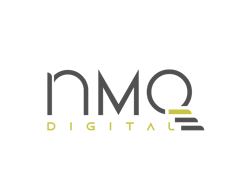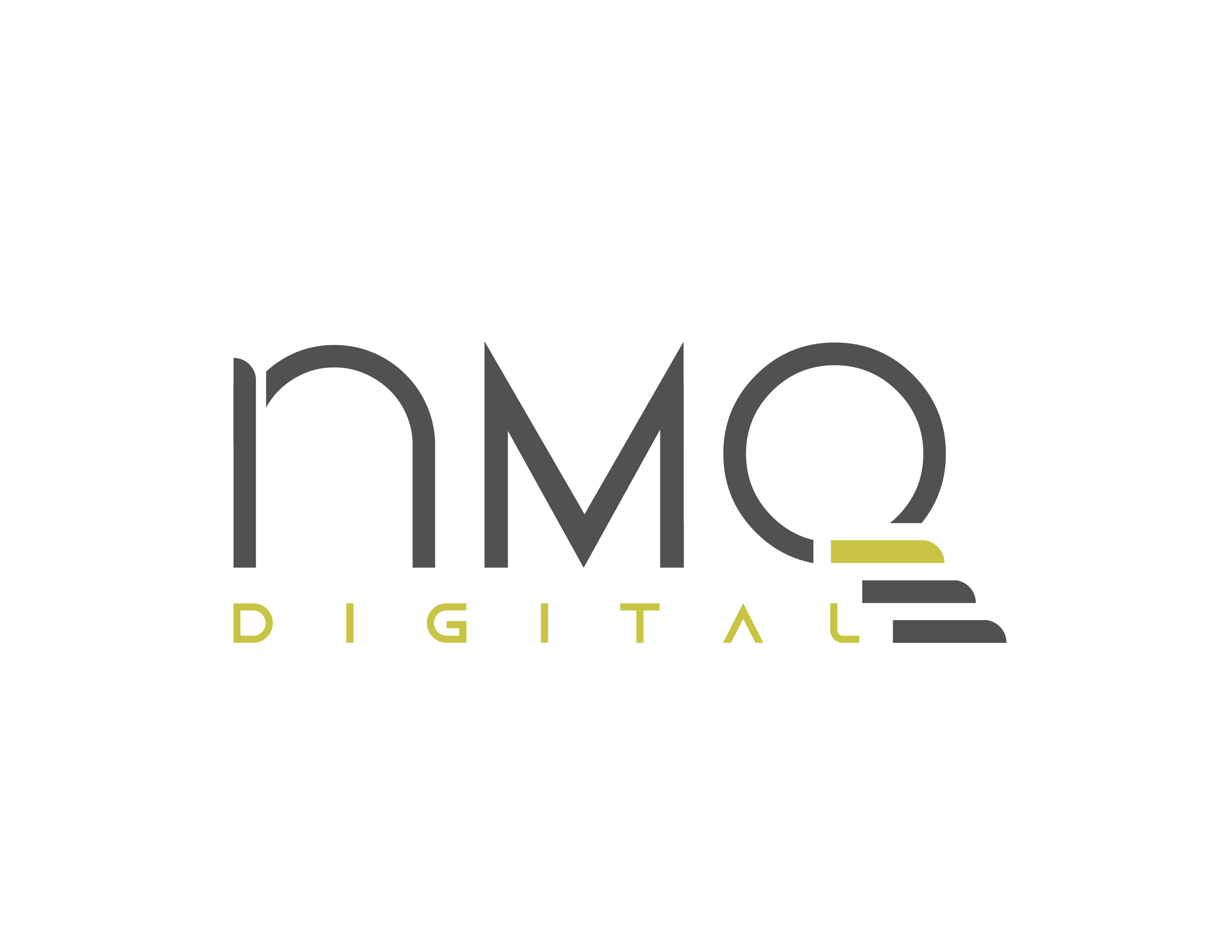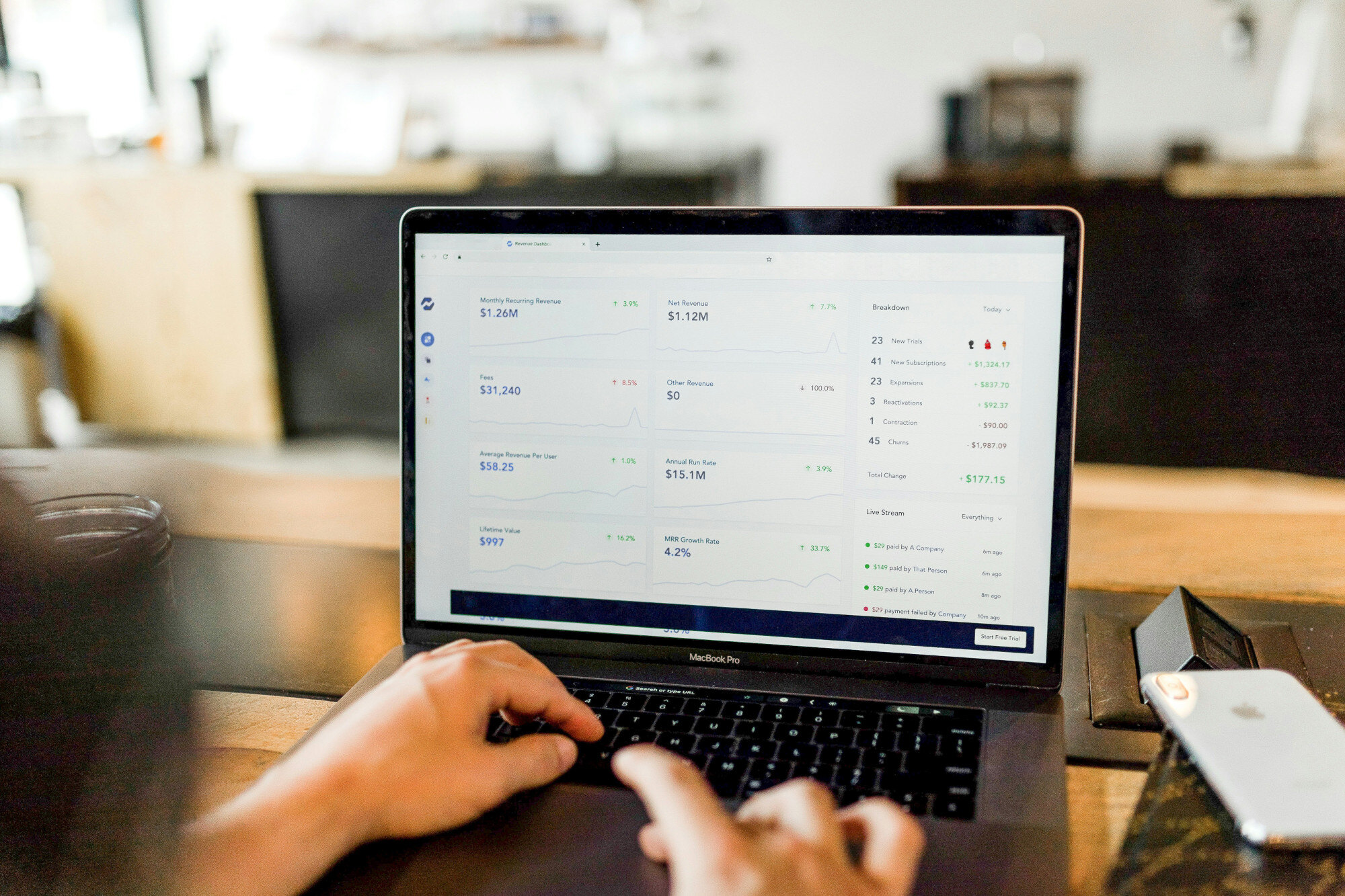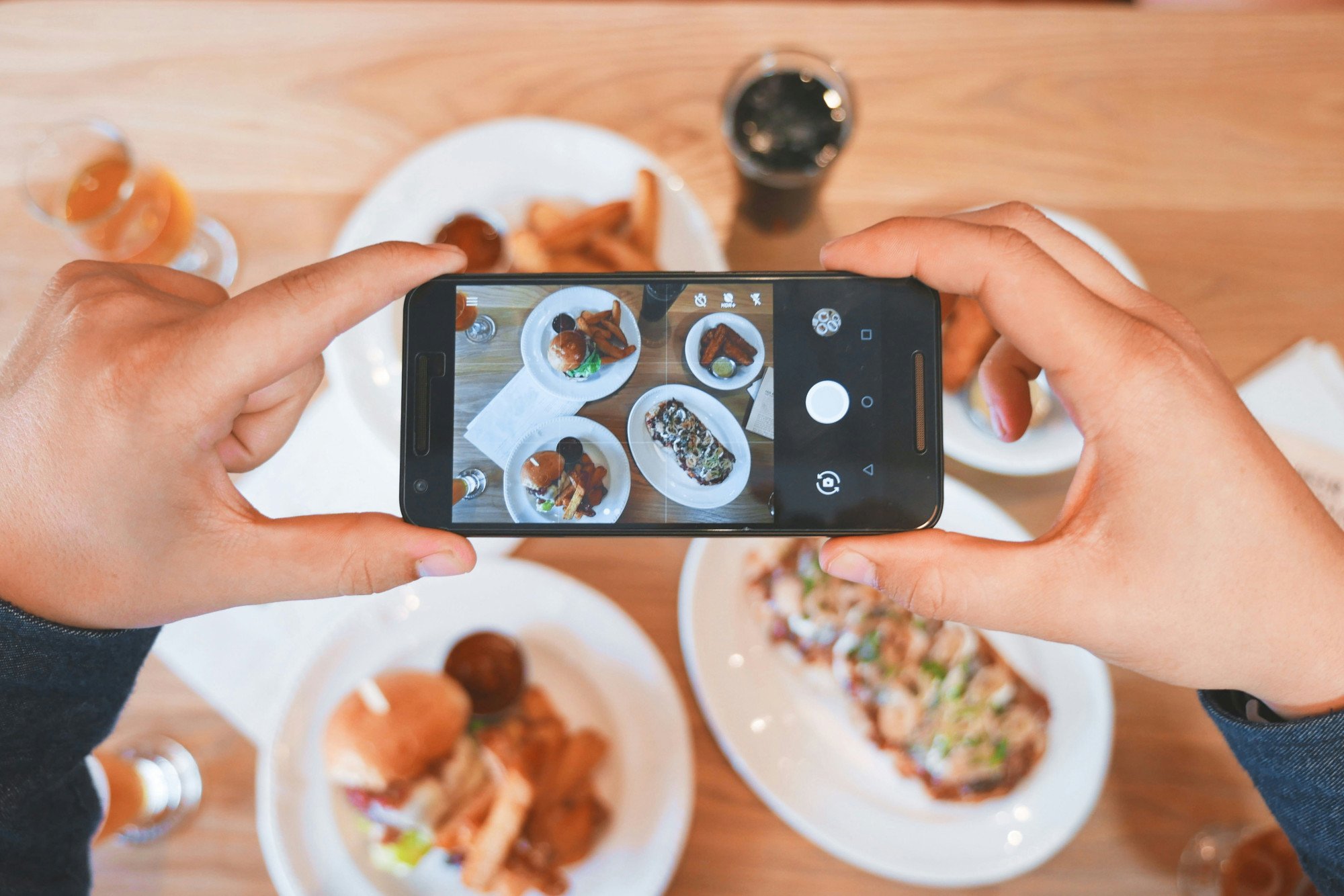In today's digital age, where social media dominates the landscape, influencer marketing has emerged as a powerful force reshaping the way brands connect with consumers. With millions of individuals tuning in to follow the lives and recommendations of their favorite online personalities, influencers have become the new gatekeepers of consumer trust and attention. In this dynamic landscape, understanding the intricacies of influencer marketing has become essential for brands looking to cut through the noise and make a lasting impact.
In this blog, we will focus on;
- What is influencer marketing?
- The Evolution of influencer marketing
- Types of influencers
- Benefits of working with influencer marketing
- Challenges and risks of influencer marketing
- Finding the right influencers
- Measuring success
- Conclusion
What is Influencer Marketing?
Influencer marketing is all about teaming up with popular online personalities to promote a brand, product, app, or even a hotel or restaurant. Instead of companies shouting about their products or services, they find influencers who have big or small followings online that suit their brand and core values to chat about them.
It's about borrowing the credibility and audience of these influencers to promote a brand, its products, and its services, and consequently achieve its marketing goals.
These influencers aren't just random people with followers, though. They're like mini-celebrities in their own right, and their followers trust what they say. That's why brands love working with them. It's like getting a friend to recommend something; you're more likely to trust it.
There are all kinds of influencers, from the big shots with millions of followers to smaller ones with more niche audiences. But what they all have in common is that they can connect with people on a personal level. They share stuff about their lives and make recommendations that feel genuine.
For brands, working with influencers is a big deal. It helps them reach the right people – the ones who are interested in what they're selling. Plus, it makes their brand seem more legit and trustworthy. But it's not always easy. Brands must pick influencers who match their vibe and values, and they have to be upfront about any partnerships.
Let’s check a few numbers coming from the State of Influencer Marketing 2024: Benchmark report
- The Influencer Marketing Industry is set to grow to approximately $24 Billion by the end of 2024.
- 85% of our survey respondents believe influencer marketing to be an effective form of marketing, an increase from previous years.
- 60% of those respondents who budget for influencer marketing intend to increase their influencer marketing budget over 2024
- Nearly 1/4 of respondents intend to spend more than 40% of their entire marketing budget on influencer campaigns.
- The main purpose of running influencer campaigns is to create User Generated Content (56%). Generating sales (23%) is a distant second.
Overall, influencer marketing is a smart way for brands to get noticed and build relationships with new customers. However, it's essential to assess its alignment with your marketing objectives, consider potential challenges and risks, identify the right influencer for your brand, and establish methods for measuring success.
The Evolution of Influencer Marketing
Influencer marketing has come a long way from its early days of celebrities endorsing products on billboards. Back in the day, you'd see Marilyn Monroe endorsing Chanel perfume or Michael Jordan rocking Nike sneakers, setting trends that lasted for ages.
But things really took off when digital came into play. Suddenly, regular people could build huge followings online and become influencers in their own right. Brands saw the potential in these digital stars to connect with audiences in a whole new way.
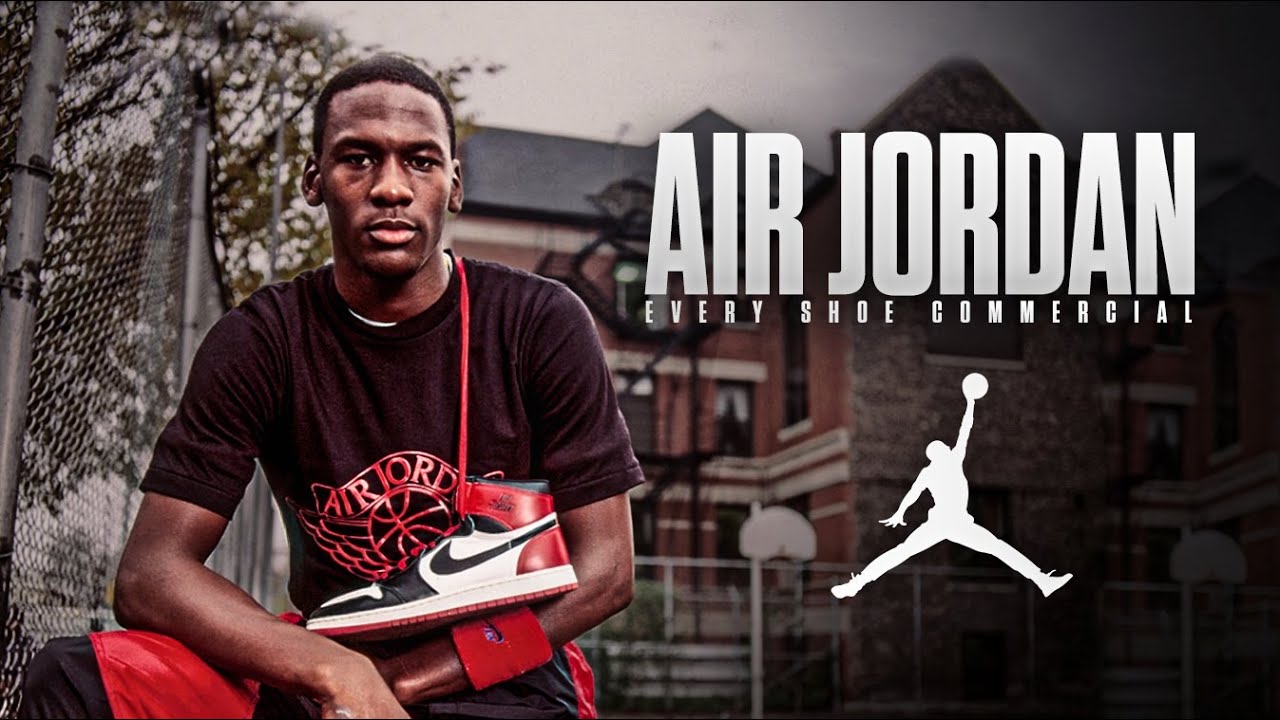
Blogs (1998): Digital Influencer marketing arguably began with the rise of blogs in the late 1990s. Early influencers, known as bloggers, shared their experiences and recommendations with their readers, laying the groundwork for what would become a booming industry.
Facebook (2004): With the advent of social media platforms like Facebook, influencers gained new avenues to reach and engage with their audiences. Brands began collaborating with influencers on Facebook to promote their products and services to a wider audience.
YouTube (2005): The rise of YouTube introduced a new breed of influencers – YouTubers – who created video content on a wide range of topics, from beauty tutorials to travel to gaming reviews. Brands quickly recognized the potential of YouTube influencers to connect with consumers in a more personal and immersive way.
Twitter (2006): Twitter gave rise to a new type of influencer – the Twitter personality – who captivated audiences with their witty remarks and engaging content. Brands leveraged Twitter influencers to spark conversations and drive engagement around their products and campaigns.
Instagram (2010): The launch of Instagram marked a turning point in influencer marketing, with the platform becoming a hub for visual storytelling and lifestyle content. Influencers on Instagram showcased products in visually appealing ways, driving both brand awareness and sales.
Snapchat (2011): Snapchat introduced ephemeral content, allowing influencers to share moments from their daily lives in real-time. Brands embraced Snapchat influencers to create authentic and spontaneous content that resonated with younger audiences.
Twitch (2011): As gaming culture gained mainstream recognition, Twitch emerged as a leading platform for gaming influencers to livestream gameplay and connect with their fans. Brands tapped into the world of Twitch influencers to reach gaming enthusiasts and sponsor esports events.
TikTok (2016): The explosion of short-form video content on TikTok revolutionized influencer marketing once again. TikTok influencers captivated audiences with their creativity and authenticity, driving trends and viral challenges that captured the attention of millions.
Virtual Influencers: In recent years, virtual influencers – computer-generated characters with their own personalities and personas – have entered the influencer marketing scene.
Types of Influencers
Each type of influencer offers unique advantages and can be leveraged based on a brand's specific goals, target audience, and budget. By understanding the differences between these types of influencers, brands can effectively tailor their influencer marketing strategies to maximize impact and ROI. Let’s take a look on how to categorize them:
Nano Influencers: Nano influencers have a smaller following, typically ranging from 1,000 to 10,000 followers. While their reach may be limited, nano influencers often have highly engaged audiences within specific niches, making them effective at driving authentic conversations and recommendations.
Micro-Influencers: Micro-influencers have a slightly larger following than nano-influencers, typically ranging from 10,000 to 100,000 followers. They often specialize in specific topics or industries and have a more engaged and loyal audience than larger influencers.
Mid-Tier Influencers: Mid-tier influencers have follower counts ranging from 100,000 to 500,000. They offer a balance between reach and engagement, making them attractive partners for brands looking to target specific demographics or niche markets.
Macro Influencers: Macro influencers have a substantial following, typically ranging from 500,000 to several million followers. They often have a broad reach and appeal to a diverse audience, making them suitable for large-scale brand campaigns and product launches.
Mega Influencers: Mega influencers are the top tier of influencers, with follower counts in the millions. They are typically celebrities, athletes, or social media personalities with widespread recognition and influence. While their reach is extensive, mega influencers may have less engagement compared to smaller influencers.

Benefits of Working with Influencer Marketing
Influencer marketing offers a wide range of benefits for brands looking to connect with their target audience in authentic and meaningful ways.
Let’s check the most important ones in my opinion:
-
Increased Brand Awareness:
By partnering with influencers, brands can tap into their existing audience and reach new potential customers who may not have been exposed to their products or services otherwise.
-
Enhanced Credibility and Trust:
Influencers have built trust and credibility with their followers, making their endorsements more authentic and persuasive than traditional advertising methods. This credibility can transfer to the brands they promote.
-
Targeted Reach and Engagement:
Influencers often have niche audiences with specific interests and demographics, allowing brands to target their marketing efforts more effectively. This targeted approach can lead to higher engagement and conversion rates. -
Authentic Content Creation:
Influencers are skilled at creating authentic and engaging content that resonates with their audience. By collaborating with influencers, brands can leverage their creativity and storytelling abilities to create compelling brand narratives.
-
Cost-Effectiveness:
Compared to traditional advertising channels, influencer marketing can offer a high return on investment (ROI). With influencers of all sizes and budgets available, brands can find partnership opportunities that align with their marketing goals and budget constraints.
-
Social Proof and Validation:
When influencers endorse a brand or product, it serves as social proof of its quality and value. This validation can reassure consumers and motivate them to make a purchase decision.
Challenges and Risks
When working with influencer marketing, there are several challenges and risks that brands should be aware of:
Authenticity and Trust: One of the biggest challenges in influencer marketing is maintaining authenticity and trust. If influencers promote products or services that they don't genuinely use or believe in, it can damage their credibility and erode trust with their audience.
Fake Followers and Engagement: Another challenge is the prevalence of fake followers and engagement in the influencer industry. Brands need to be vigilant in assessing influencers to ensure that their audience is genuine and that they can deliver the expected results.
Brand Alignment: Ensuring that influencers align with the brand's values, messaging, and target audience can be a challenge. Working with influencers whose values or image clash with the brand's can lead to a disconnect with consumers and damage the brand's reputation.
Regulatory Compliance: There are various regulations and guidelines governing influencer marketing, such as disclosure requirements for sponsored content. Brands need to ensure that their influencer partnerships comply with these regulations to avoid legal issues and maintain transparency with consumers.
Reputation Management: In some cases, influencers may behave inappropriately or engage in controversial behavior, which can reflect poorly on the brands they partner with. Brands need to be prepared to manage the potential reputational risks associated with their influencer partnerships.
Finding the Right Influencers
With so many influencers out there, finding the right fit can feel like searching for a needle in a haystack. Here's a simplified roadmap to help brands navigate the process and choose the best influencers for their campaigns:
1. Getting to Know the Influencer: Start by checking out the influencer's profile. Look at their name, the platforms they're active on, how many followers they have, and how engaged their audience is. It is important that you analyze their performance metrics. There are so many influencer marketing tools to manage this. Also, take a peek at the kind of content they create – whether it's captivating videos, stunning photos, or engaging stories.
2. Understanding Their Audience: Now, let's talk about the people who follow the influencer. Get the scoop on their age, gender, location, interests, and what language they speak. This info will help you figure out if their followers match up with your target audience.
3. Checking Out Their Content: Take a closer look at the influencer's content and see if it vibes with your brand's vibe. Check if they've worked with similar brands before and how often they post. And of course, make sure their content is top-notch – visually appealing, great storytelling, and genuine.
4. Seeing Their Influence: Find out if the influencer is a big deal in their niche. Look at how far their reach goes and how much sway they have over their audience. You can also check if they've won any awards or are actively engaged with the other influencers and brand managers in the industry.
5. Engaging with Their Audience: Pay attention to how the influencer interacts with their followers. Look at the likes, comments, and shares on their posts, and see if they're responsive and friendly. You want someone who's genuinely connected to their audience.
6. Checking Their Track Record: Take a peek at their past brand partnerships. See what kind of sponsored content they've done and how well it performed. And don't be shy about asking other brands about their experience working with the influencer.
7. Crunching the Numbers: Figure out how much it'll cost to work with the influencer. Check if they're available and willing to collaborate, and make sure you're on the same page about things like exclusivity, and how long the partnership will last.
8. Keeping an Eye on Risks: Last but not least, assess any potential risks of working with the influencer. Keep an eye out for anything sketchy in their past behavior and see if they've got a plan in place for handling any hiccups.
Measuring Success
How can you tell if your influencer campaigns are really making an impact?
Well, it's all about using the funnel model and keeping an eye on some key metrics at each stage.
Awareness Stage Metrics: At the top of the funnel, the main goal is to boost brand awareness and reach. We're talking about how many times your content gets seen, who's seeing it, and where it's getting clicked. Keep tabs on things like impressions, true reach, pageviews, unique visitors, and where those clicks are coming from.
Consideration Stage Metrics: As people start paying more attention, it's time to dive into consideration and engagement. Here we're talking about clicks, likes, views, and comments – all things that show how interested people are in what you're putting out there.
Preference Stage Metrics: Here we're looking at shares, follower counts, and even scooping up some email addresses for good measure. Basically, it's all about seeing if people are really connecting with what you're doing.
Purchase Stage Metrics: Down the funnel, it's time to get down to business. We're talking about tracking conversions, promo codes, and seeing if all the efforts from your influencers is turning into actual sales.
Loyalty Stage Metrics: Once you've got them hooked, it's all about keeping them coming back for more. We're talking about checking user-generated content, hashtag adoption, and seeing who's sticking around and who's bouncing off.
Conclusion
In conclusion, influencer marketing offers brands a genuine way to connect with their audience. From small-scale nano influencers to mega stars, there's a fit for every brand. However, challenges like staying genuine and choosing the right influencer exist.
To measure the success of influencer marketing, keep an eye on key metrics at each stage of the customer journey, from awareness to loyalty.
Ultimately, influencer marketing isn't just about selling stuff – it's about building real connections and loyalty. By teaming up with the right influencers, brands can create meaningful relationships with their audience.
If you need any support in increasing your ROI with the power of influencers, let’s connect for collaboration. NMQ Digital is here with its Social Media Services.
